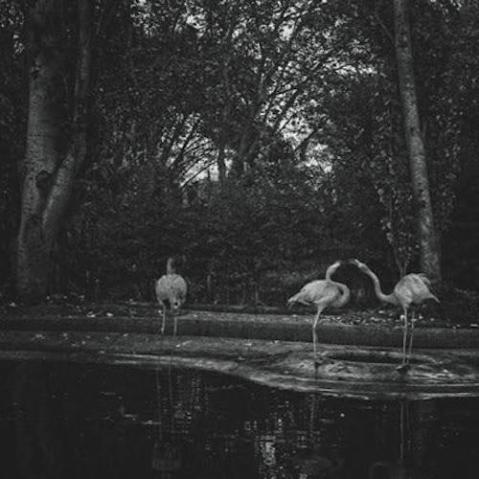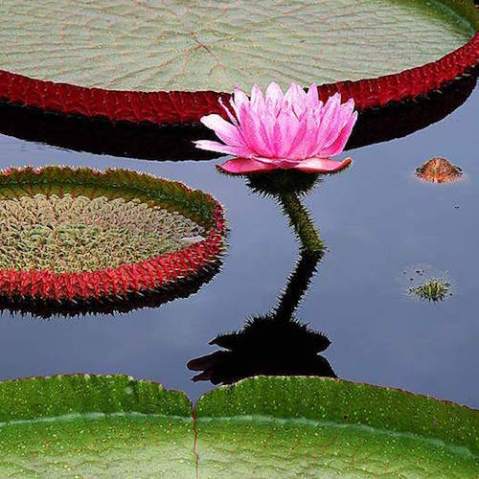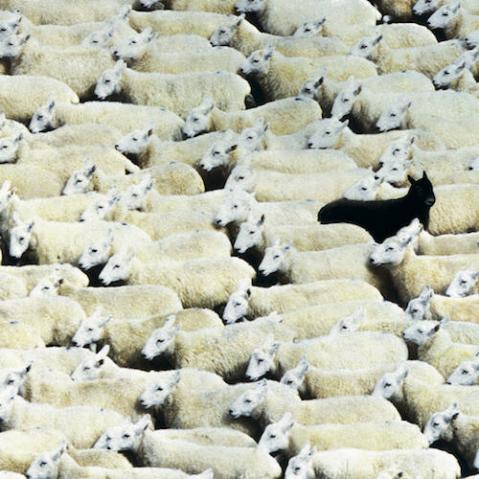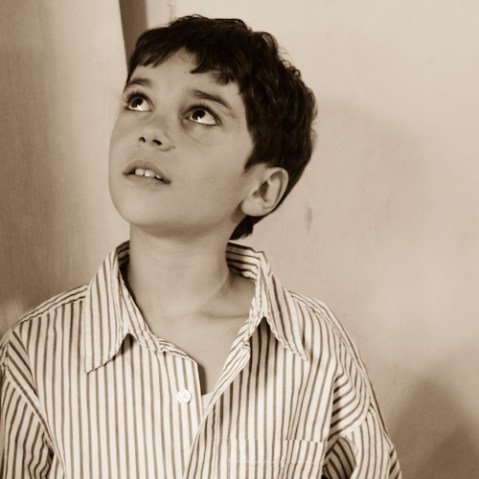Pattern hunting for pretty pictures
There’s a wonderful French expression, “metro, boulot, dodo,” that’s used to describe the humdrum of working life. You commute to your job, you work, you sleep; the next day, you get up and do it all over again. What it describes is mundane, but the way that it describes it isn’t. There’s a rhythm and delicious melodiousness to the words that makes them attractive, and saying the phrase several times over doesn’t diminish it. When it comes to imagery, repetition by itself can be monotonous; yet there is also an appealing stability, an attractive flow, and a captivating charm to a pattern.

Spotting paterns
It might feel a bit contrived to start looking for patterns, but once you start, you’ll find that you’ll spot them everywhere. You’ll see them in nature, for example in the bark of trees, in petal placement, in fruit skins. You’ll see them in man-made objects, such as tyre-treads, architectural designs, and the weave of fabrics. And you’ll find evolving patterns, too: umbrellas in the rain, cars in the street, goods at the market.

As well as getting in close, getting up high and altering your vantage point can reveal patterns, too. Loom down from rooftops and see what you can see.
Consistent Patterns
If you isolate a pattern from its environment, you can induce the sensation of the infinite in your image. The pattern has no beginning and no end, and for all that the viewer knows, it could go on indefinitely. This is the sort of photograph for which using a longer telephoto lens, or even a macro lens if you have one and are focusing on a very small area, is helpful. But don’t think that it isn’t possible if you’ve only a limited lens selection: Get in as close as you can, and if you have enough resolution, you can crop in even closer afterward.

Broken Patterns
Spotting a break in a pattern—or even creating one deliberately if you have to—can be the focus of an effective photograph. The break can take almost any form: There could be a gap in a row, an aberration in a consistent flow of colour, a change in texture, anything that you can think of, really. The key is that it inserts something arresting into the frame that draws the eye and forms the point of focus in the image.

When different patterns come into conflict with each other, you’re also presented with a photographic opportunity. The point at which they clash is the focal point for your shot.
Patterns and Colour
There is often a strong relationship between pattern and colour. In a monochrome image, it might be tonal differences in that one colour that comprise the pattern. If you photograph a broken pattern, the break in the sequence might be something of a different colour. The balance created by multiple colours in a sequence can prevent a pattern from looking too static and monotonous.

Just because something is repetitive, it doesn’t mean that it has to be boring.
Good composition lies at the heart of good photography. In Photo School: Composition, Michael Freeman and Daniela Bowker lay out the basics, demystify the rules, and explain why things work (or don’t) to set you on the path to producing more engaging and compelling photographs, whatever the subject, through better composition. It’s a book packed with straight-forward advice, practical challenges, and inspirational images.
[one_whole boxed=”true”]
 Photo School: Composition, by Michael Freeman and Daniela Bowker
Photo School: Composition, by Michael Freeman and Daniela Bowker
£6.99 Download the PDF now!
This PDF version retains the styling of the original print book.
[button color=”Accent-Color” size=”small” url=”https://www.ilexinstant.com/product/michael-freemans-photo-school-composition/” text=”Digital Edition”]
[/one_whole]







